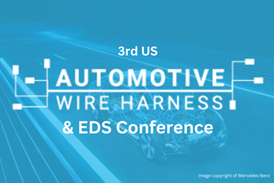Explaining EU vehicle emissions targets: can OEMs avoid heavy fines?
By Daniel Harrison and Christopher Ludwig2020-01-18T06:00:00
The new average fleet targets that came into force in Europe on January 1st 2020 are having big impacts on vehicle development and technology, pushing OEMs to produce and sell more hybrids and EVs. But the rules are complex and varied by brands, volume and sales. Here we provide a summary of the key rules and terminology.
If carmakers’ vehicle fleets in the EU are not able to meet the new targets of 95 grams of CO2 per kilometre starting from this year, many will face stiff fines that could run into the billions of euros. That would take a painful bite out of already thinning margins across the sector both for carmakers and automotive suppliers.
OEMs have been preparing for the stricter targets for years, which will be the strictest in the world. Many have launched new hybrids, plug-in hybrid and battery electric vehicles to coincide with them. However, emissions data will be based upon actual registrations, not production – and there is simply no guarantee that consumers will purchase these models.
What executives need to know to understand the rules? The regulations and terminology are not always easy to understand, but here is a useful explainer of key terms, as well as who is likely to be most affected.
We answer questions including:
How will the EU apply CO2 rules and targets?
How much will OEMs pay in fines?
How will CO2 rules be phased in?
How can OEMs pool or group their vehicles?
What are the exemptions and exceptions?
How will Brexit impact the regulations?
Who will be the winners and losers?
Our full report, Climate Change vs. Carmakers,’ can be downloaded for a global analysis of changing CO2 emissions regulations.











